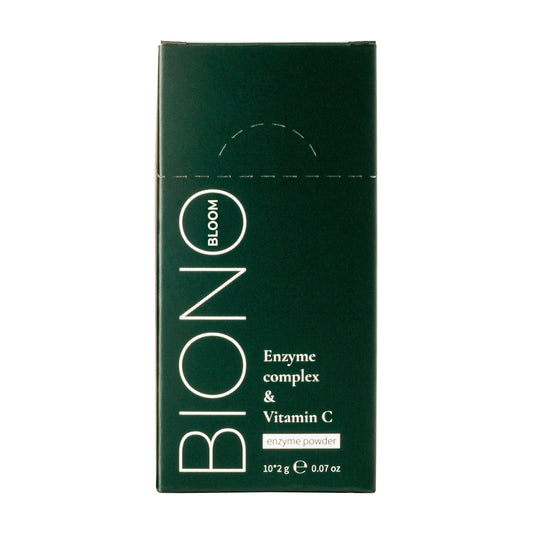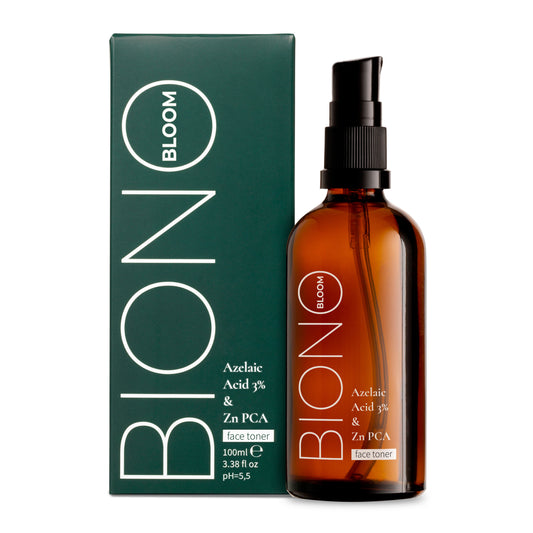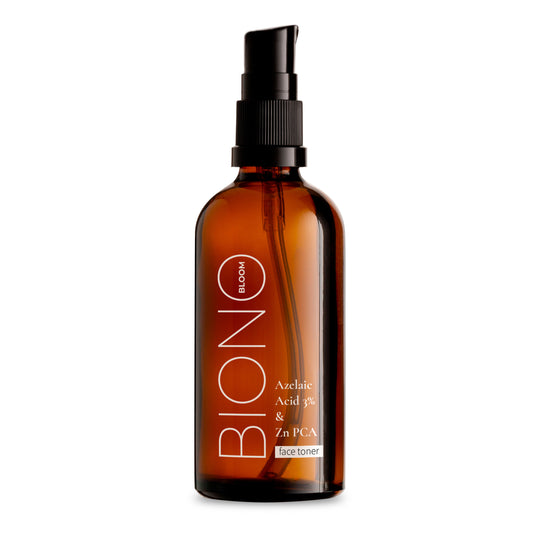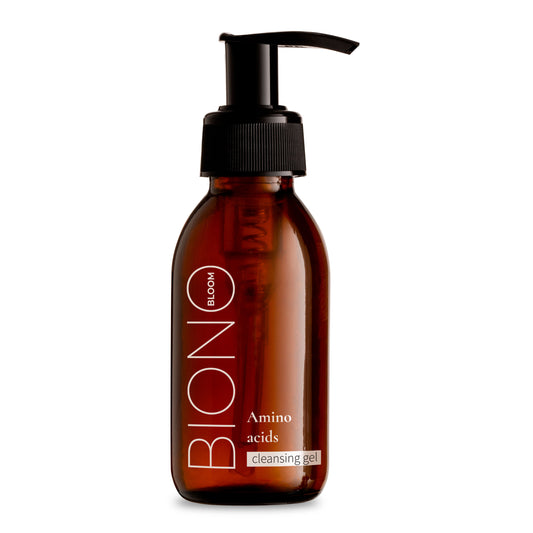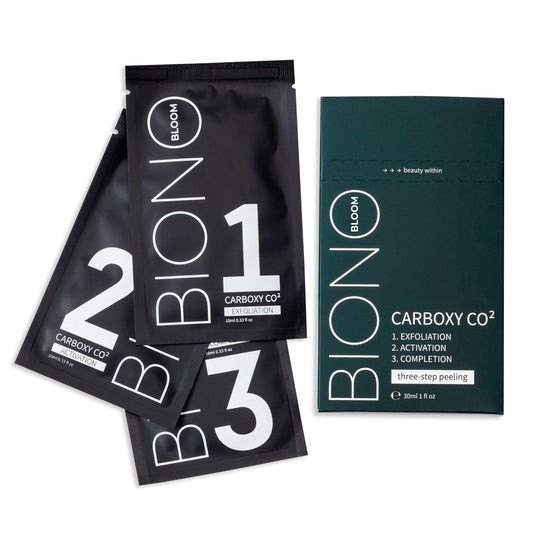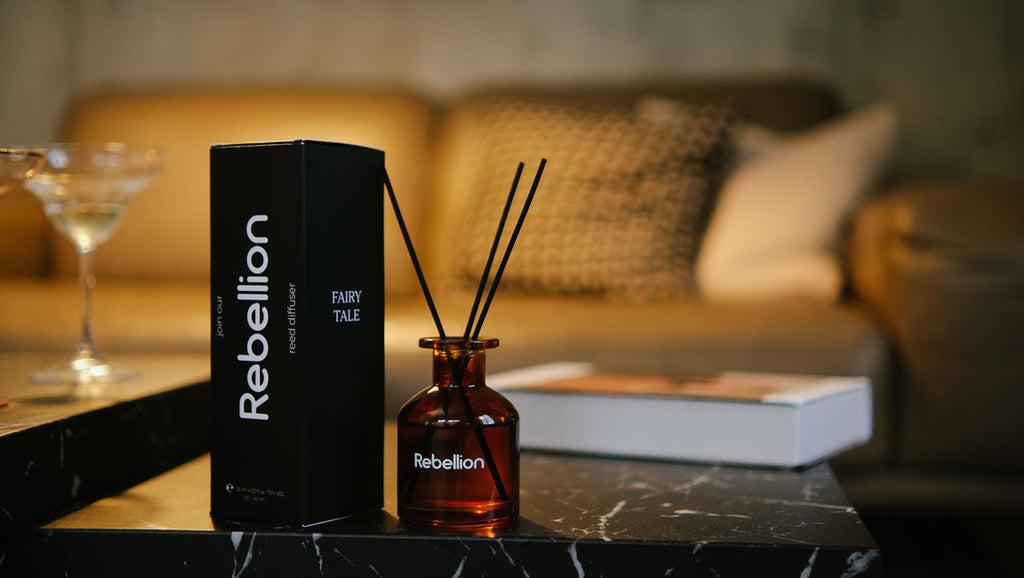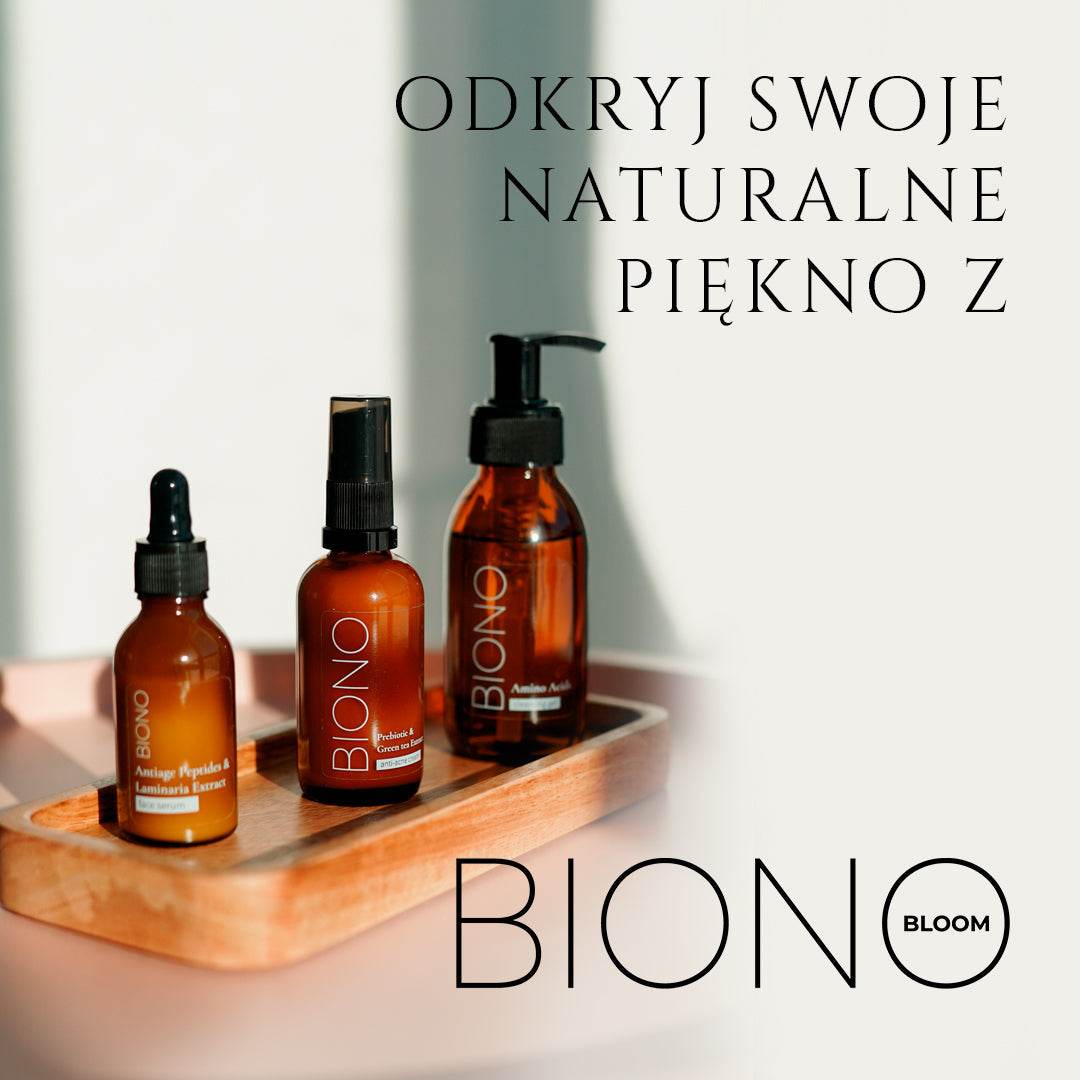
Face Mask: How to Choose and Use for Maximum Effect
Share
A face mask is one of the most effective cosmetics that can instantly improve the condition of the skin, moisturize it, cleanse it or firm it. It works deeper than everyday creams and serums, because it contains a higher concentration of active ingredients and creates an occlusive effect, helping beneficial substances to penetrate deeper into the skin. Regular use of masks can reduce inflammation, normalize sebum production and improve skin tone and elasticity.
However, for a mask to really work, it must be properly selected for your skin type and applied taking into account the properties of its composition. Not every mask is suitable for everyday use, and some components may be incompatible with each other. In this article, we will look at the main types of masks, their properties, rules of use, and combinations with other care products.
Face mask – an effective way to care for your skin
A face mask is an essential part of skin care, as it deeply saturates the skin with beneficial substances, moisturizes it and helps solve specific problems. Depending on the composition, masks can have a rejuvenating, soothing or cleansing effect, providing comprehensive skin renewal.
Regularly applying a face mask helps improve the texture, tone, and elasticity of your skin. For example, collagen and peptide masks help smooth wrinkles and increase elasticity, while hyaluronic acid products actively moisturize. If your skin needs a deep cleanse, you should look for clay or charcoal masks that remove toxins and tighten pores.
For maximum effect, the mask should be used 1-2 times a week after thoroughly cleansing the skin. It is important to follow the recommendations regarding the time of exposure to the product and to choose a mask for your skin type to avoid drying or irritation.

What are protective masks and how do they work?
Cosmetic masks have different formulas and fulfill specific care tasks. The most popular are moisturizing, cleansing, nourishing, lifting masks and products with acids, each of which has its own advantages.
Moisturizing masks saturate the skin with moisture, make it soft and elastic, prevent flaking and drying. They are ideal for dry and dehydrated skin, especially on cold days or after sun exposure. The main ingredients of such masks are hyaluronic acid, glycerin, aloe and seaweed extracts.
Purifying masks remove impurities from pores, regulate sebum production and reduce the number of blackheads. They contain clay, activated carbon, salicylic acid, zinc and herbal extracts that have antibacterial properties. It works best for oily and combination skin, as well as for fighting rashes.
Nourishing masks saturate the skin with beneficial microelements, strengthen its protective barrier and help fight free radicals. They usually contain natural oils, vitamins A, E, C, collagen, coenzyme Q10 and silk proteins. They are ideal for dull, tired and mature skin that needs special care.
Lifting masks tighten facial contours, increase skin elasticity and smooth wrinkles. They contain peptides, retinol, elastin, algae extracts and hyaluronic acid. These types of masks work best for mature skin or for an express effect before important events.
Acid masks help brighten the skin, even out its color and reduce discoloration. The composition includes AHA (lactic, glycolic, almond) or BHA (salicylic) acids, which accelerate the process of cell renewal and stimulate collagen production. Mainly used for dull, problematic skin or in the fight against post-acne changes.
How to choose a mask for your skin type?
For a mask to really work, it must be matched to the needs of our skin. A poorly selected product may not only not give the expected effect, but also worsen the condition of the skin.
For dry and dehydrated skin, masks with hyaluronic acid, aloe, ceramides, avocado or shea butter are best. They help restore the hydrolipid balance and prevent skin flaking.
Oily skin needs to control sebum production and cleanse pores. The best choices are masks with clay, activated charcoal, salicylic acid and niacinamide. They help reduce oily shine and prevent breakouts.
Combination skin requires a special approach, as different areas may have different needs. The best solution is a multi-massage – applying a cleansing mask to the T-zone and a moisturizing or nourishing one to the cheeks.
Sensitive skin often reacts to cosmetics with redness and irritation. Soothing masks with panthenol, centella asiatica, chamomile and allantoin work best, as they soothe redness and improve the skin's protective functions.
Mature skin needs nourishment, regeneration and lifting. Choose anti-aging masks with collagen, peptides, retinol and antioxidants that help slow down the aging process.
How to use a mask properly?
Before applying the mask, the skin should be thoroughly cleansed so that the active ingredients can penetrate deeper. Use a gentle cleansing gel or foam, followed by a toner that will restore the skin's balance.
The mask should be applied evenly, avoiding the eye and mouth areas. If it is a fabric mask, smooth it out with your fingers to remove any air bubbles.
Stick to the recommended exposure time, which is usually 10–20 minutes. Don’t overuse the mask, especially if it contains clay or acids, as it can dry out the skin.
After removing the mask, apply a moisturizing serum or cream to maintain the effect and retain moisture in the skin.

Common mistakes when using face masks
Many people make common mistakes that can reduce the effectiveness of masks or even harm their skin. One of the most common mistakes is using purifying masks too often. Clay and charcoal masks can dry out the skin if used more than twice a week. This is especially true for people with sensitive or dry skin, who may experience irritation after just one use.
Another mistake is mixing incompatible ingredients. For example, acid masks should not be used at the same time as retinol or on the same day as mechanical peeling, as this can lead to severe irritation. It is also not recommended to apply the mask to uncleaned skin - remnants of makeup and dirt prevent the active ingredients from penetrating the deep layers of the epidermis.
Many people ignore the allergy test, especially when using a new mask. Before using it for the first time, be sure to apply a small amount of the product to the inside of your wrist and wait 24 hours. If you experience redness, itching or a rash, it is better to stop using this mask. Finally, do not expect immediate results - the effect of masks is cumulative, and noticeable changes appear after a few weeks of regular use.
Seasonal peculiarities of using face masks
The needs of the skin change depending on the season, so care must be adapted to the weather conditions. In winter, when the air is dry due to heating, and outside there is frost and wind, the skin is especially in need of intensive hydration and nourishment. During this period, masks with hyaluronic acid, ceramides and natural oils should be used more often. Night masks, which can be left on the face until the morning for maximum regeneration, will be an excellent choice.
Spring often sees skin looking dull after the winter, so it’s time for a little renewal. Masks with lactic or almond acid will help gently exfoliate dead skin cells and brighten the skin tone. It’s also a good time for detox masks with clay or activated charcoal, which will cleanse pores after the winter stagnation.
In summer, when the activity of the sebaceous glands increases due to the heat, the emphasis should be on mattifying and refreshing masks. Products with cucumber, aloe, mint or green tea will help to calm the skin after sunbathing and reduce oily shine. Do not forget about protection - if you use acid masks in the summer, be sure to apply a cream with a UV filter during the day, because acids increase the photosensitivity of the skin.
In the fall, the skin prepares for the cold season, so it is worth gradually switching to more nourishing formulas. Masks with vitamins C and E will help regenerate the skin after the summer sun and prepare it for winter challenges. This is also the perfect time for anti-aging treatments, because the skin is less sensitive to active ingredients than in the summer.
Summary: Why a face mask is essential for skin care
A face mask is not just another step in skin care, but an effective tool to help maintain the health and beauty of your skin. With different shapes and active ingredients, face masks can solve a wide range of problems - from deep hydration and nourishment to cleansing, brightening and tightening facial contours. Regular use of face masks not only improves the appearance of the skin, but also prevents premature aging, protects it from the negative effects of the environment and maintains its natural moisture balance.
To achieve maximum effect, choose the right mask for your skin type and needs and follow the instructions for its use. Do not use aggressive cleansing masks too often or leave the product on the skin longer than the manufacturer recommends. A comprehensive approach that includes proper cleansing, regular use of masks and moisturizing the skin after the procedure will help achieve ideal skin condition. Well-groomed, moisturized and radiant skin is not only the merit of genetics, but also careful selection of cosmetics and competent care.


